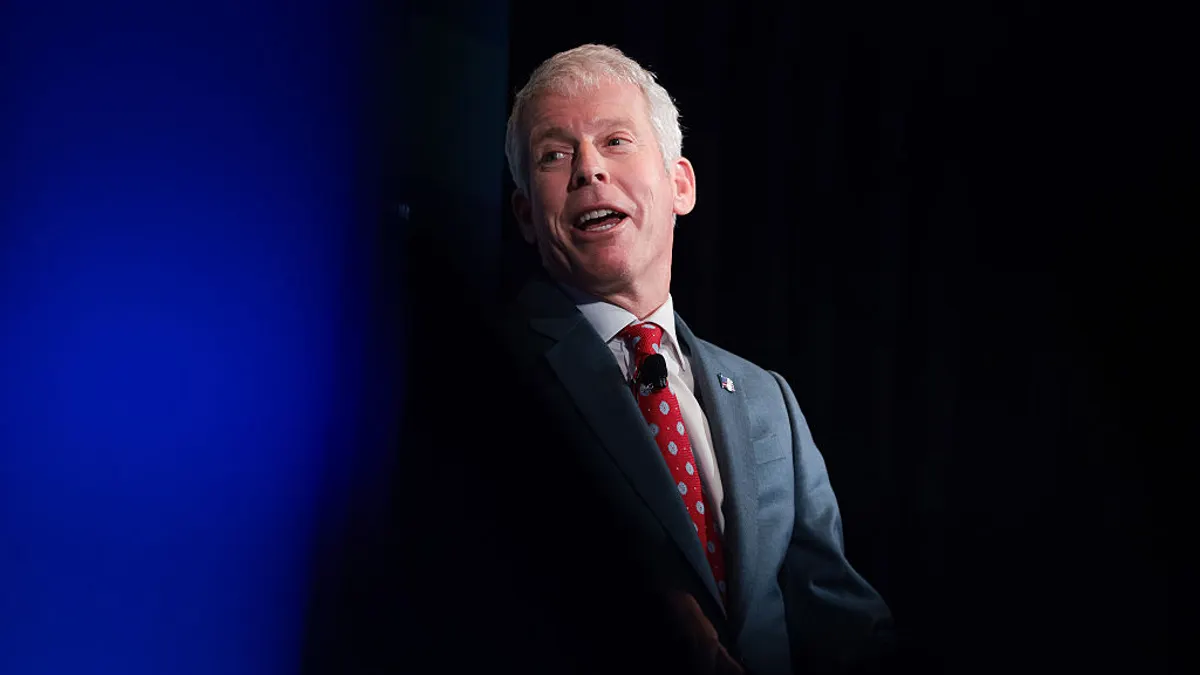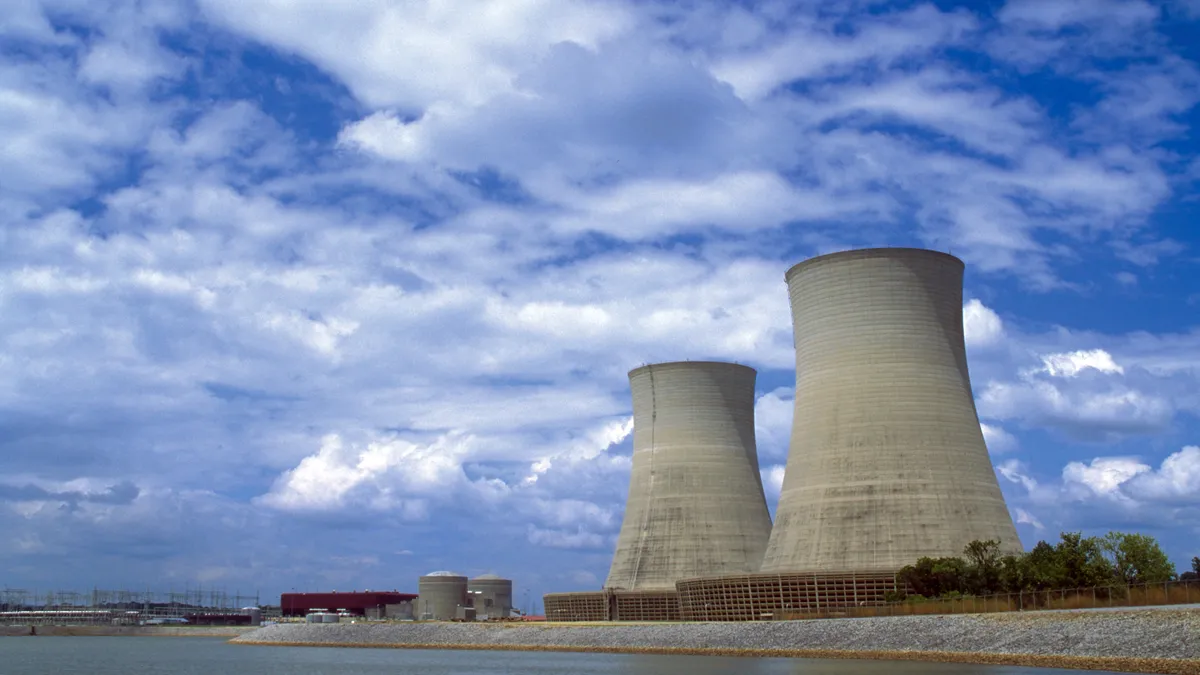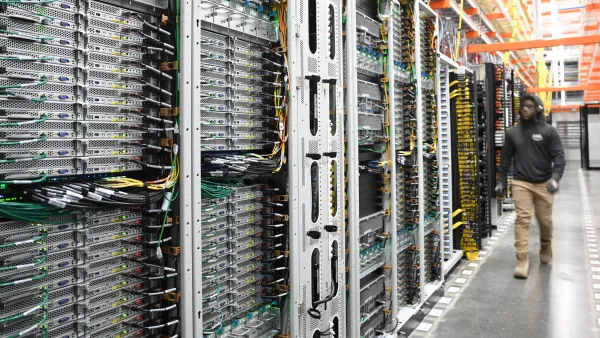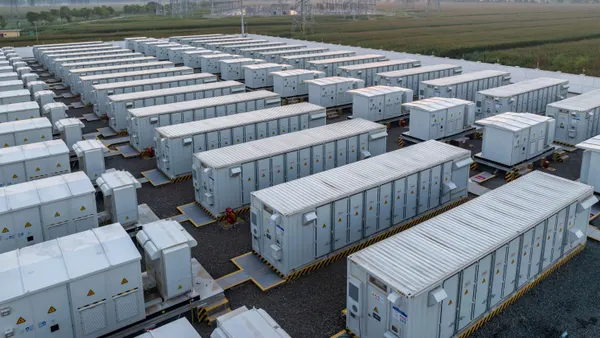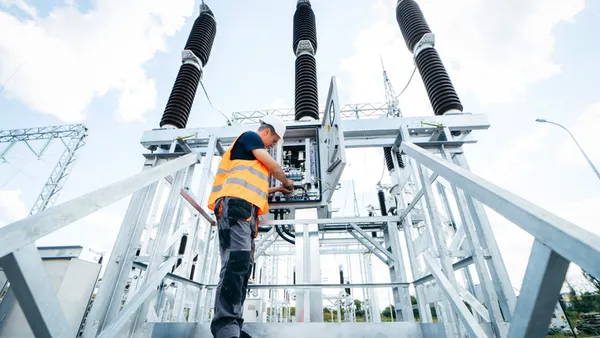Each summer brings higher temperatures, drier fuels and harder choices for the nation’s electric utilities. In the West those choices have often been binary: keep lines energized and accept ignition risk, or impose Public Safety Power Shutoffs (PSPS) that leave entire counties without electricity. Utility-scale and distributed battery storage offer a third path—one that preserves public safety and keeps the lights on.
Why storage changes the wildfire calculus
Rocky Mountain Power (RMP), a PacifiCorp division, is investing nearly $3 billion across its six-state system in wildfire-prevention strategies over the coming years. That spending spans vegetation work, hardened conductors and a growing fleet of batteries that let operators tailor their response instead of being forced to cut power and hoping for the best.
Batteries create that flexibility in three ways:
- Lower stressed-line currents during red-flag weather. Utilities can discharge batteries behind the meter or at substations to relieve heat-strained feeders.
- Targeted—rather than system-wide—de-energization. Storage-backed microgrids island only the riskiest spans while keeping critical loads energized.
- Smoother, faster restoration. Batteries manage cold-load pickup and reduce inrush currents when lines are re-energized.
RMP spokesperson Tiffany Erickson underscored the operational upside: “Our dispatchers can control charging and discharging…and call upon [batteries] when we need extra energy to keep the grid stable.”
The fast-trip factor
From roughly May through October, PacifiCorp and peer utilities shift protective relays serving thousands of customers into “fast-trip” or enhanced safety mode. Faults that once cleared in a few cycles now de-energize the line in a tenth of a second, cutting ignition risk but triggering more outages. Crucially, a line cannot be re-energized until crews have walked or flown its full length to confirm it is clear of hazards—a process that can stretch into hours. Where storage is in place, those unavoidable fast-trip outages become brief hiccups rather than community-wide disruptions.
Real-world scale is arriving fast
PacifiCorp’s newly filed 2025 Integrated Resource Plan calls for 1,634 MW of four-hour battery storage and 605 MW of 100-hour batteries by 2032, expanding to 3,073 MW by 2045.
Some of that capacity will live behind customer meters. Under a February MOU, the utility plans to add 70 MW of commercial-and-industrial batteries to its Wattsmart virtual power plant. The Department of Energy has already cited Wattsmart as “one of the most sophisticated VPPs in the United States,” proving that aggregated batteries can firm load, support black-start of local generators and, crucially, keep hospitals and water-pumping stations on-line when distribution circuits must be de-energized for fire safety.
Domestic manufacturing closes the wildfire response loop
Utilities once hesitated to rely on batteries for risk mitigation because modules were sourced overseas and replacement lead times stretched past a year. That supply-chain gap is closing quickly: the U.S. storage sector just pledged $100 billion in new domestic battery factories and purchases by 2030 — a five-fold jump in active investment since the Inflation Reduction Act’s Section 45X production credit took effect. Shorter supply lines mean spare modules can arrive in days, not months, and utilities can specify enclosures that meet UL-9540A containment or integrate fire-safe hybrid flywheel designs.
What utility leaders should do next
First, deploy at least one ≥ 50 kW commercial-class battery on every PSPS-prone circuit. Even modest systems keep critical customers—telecom towers, water pumps, grocery stores—running, reducing both liability and community hardship. Federal investment tax credits and state resiliency grants generally cover 30 % or more of upfront cost.
Second, pair those batteries with a virtual-power-plant tariff. A well-structured VPP lets operators dispatch localized capacity in real time and share the revenue stack (capacity, reserves, voltage support) with host customers. Performance-based rates and FERC Order 2222 provide clear regulatory footing.
Finally, specify Section 45X-qualified U.S. suppliers whenever economics allow. Domestic production slashes lead times, avoids currency-trade volatility and qualifies projects for 10 % “domestic-content” ITC adders plus transferable tax credits—valuable hedges as wildfire seasons lengthen.
Looking ahead
Storage is no cure-all; investing in crews and equipment, undergrounding, LiDAR-guided vegetation clearing and advanced weather analytics all remain essential. But batteries turn wildfire strategy from avoidance to adaptation—giving grid operators real-time tools instead of last-minute shut-offs.
Utilities will discover that the same projects protecting customers from fire also:
- firm up intermittent renewables,
- provide backup power for storms or cyber incidents and
- deliver tangible returns through peak-shaving and ancillary-service markets.
In other words, wildfire resilience isn’t a cost center; it’s an investment in the reliable, decarbonized grid our communities already expect.
Nate Walkingshaw is CEO of Torus (torus.co), a leading provider of commercial-scale energy storage solutions manufactured in the United States.




